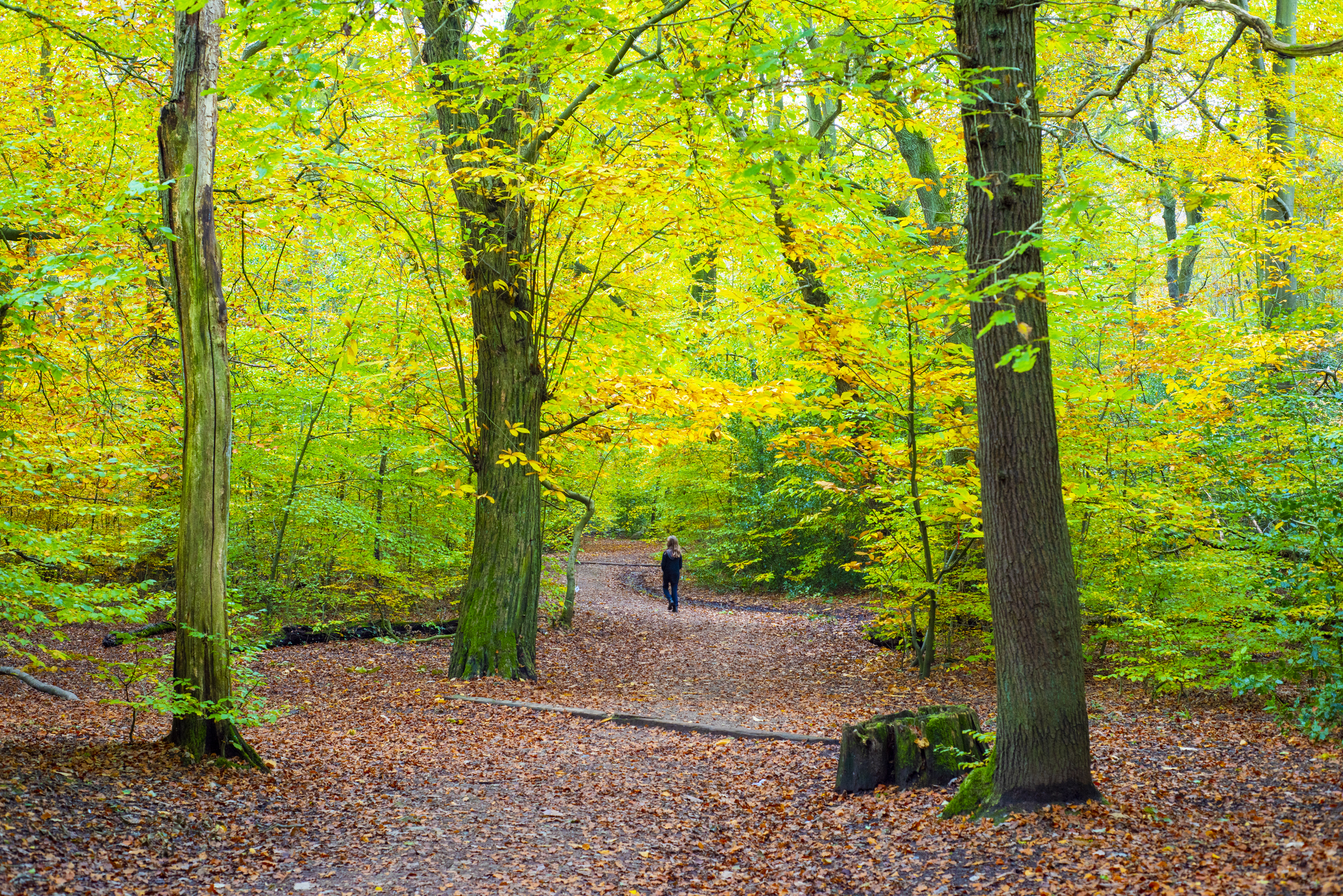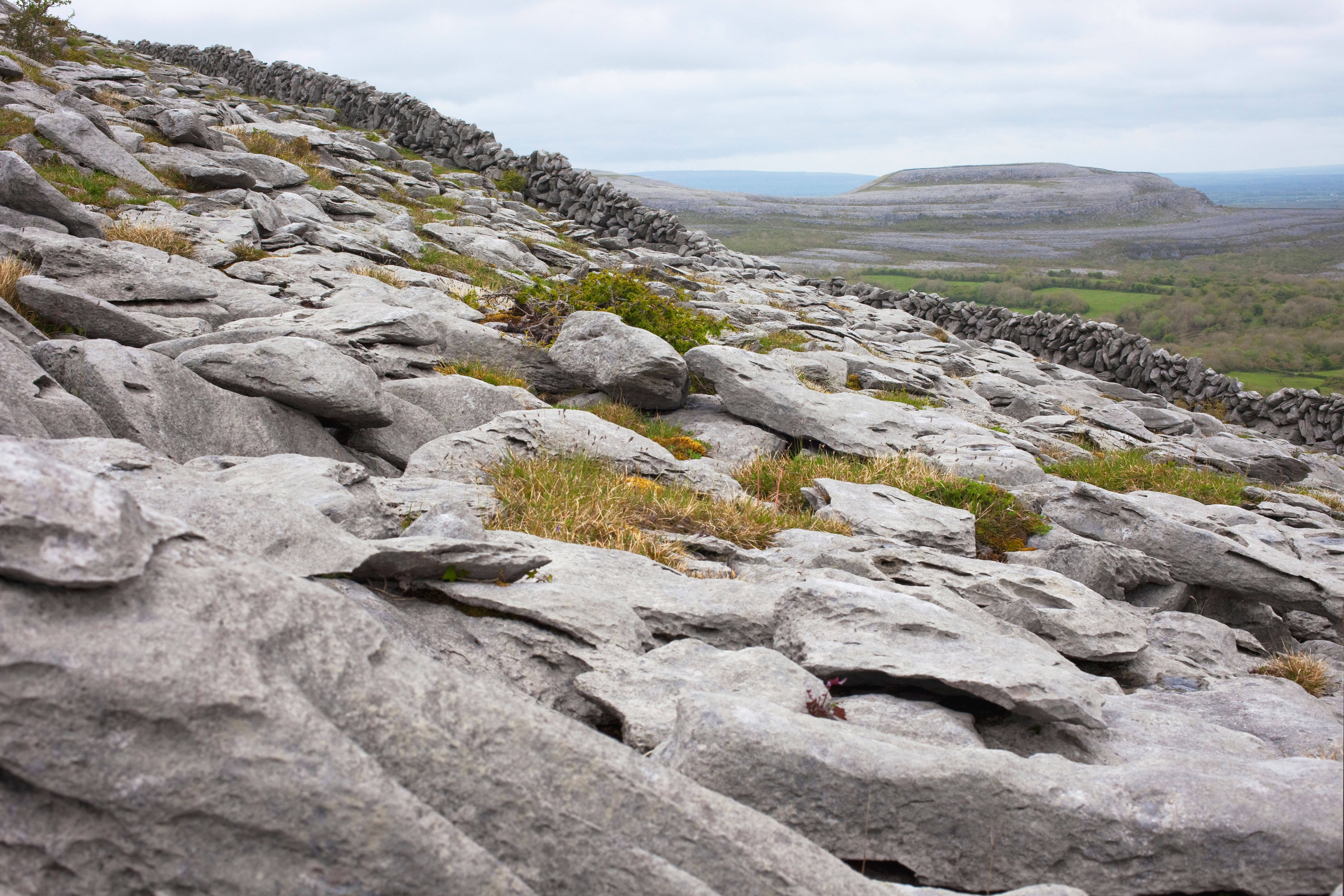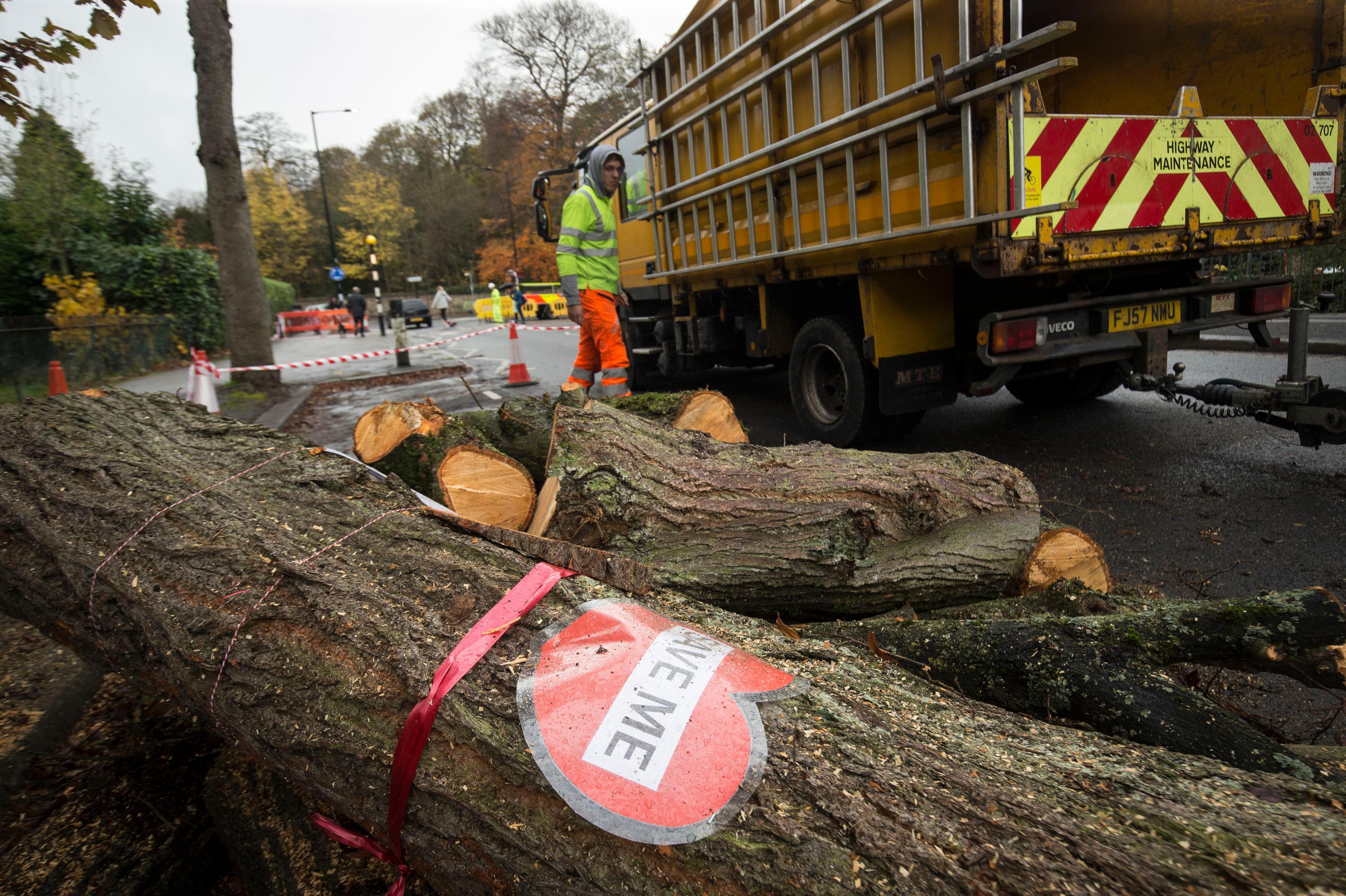The 15-mile route through Sheffield that's as invigorating as any walk in the country
The 15-mile Sheffield Round is where city meets countryside to gorgeous effect, says Fiona Reynolds.


It’s the leaves that are so joyful at this time of year. Unfurling, bursting open, thrusting skywards or gently unfolding — every shade and shape is there, from the palest lime through fresh shades of moss to deep, lustrous pine. And flowers, too: the pale wood anemone has been joined by the bright yellow celandine and the first bluebells are tentatively opening. As we walk up Sheffield’s Porter Valley, it’s the wild garlic that accosts us. It’s a delicious smell, especially in its first flush.
We’re walking the Sheffield Round, a 15-mile circular walk in the south-west of the city, taking in every valley and woodland. It reminds us not only of Sheffield’s legendary seven hills (echoing Rome’s), but also of the extraordinary way in which country meets city here. This is not an accident. Sheffield is one of the birthplaces of the conservation movement, with Ethel Ward (later Haythornthwaite), daughter of a local industrialist, founding the Sheffield Association for the Protection of Rural Scenery (later the CPRE) in 1924, and launching campaigns that led to the Sheffield Green Belt and the Peak District National Park.
We’re starting, my daughters and I, with our dogs Ruskin and Wren, from my younger daughter’s home in Meersbrook, famous for its park and Ruskinian connections (Meersbrook Hall housed the Ruskin Museum for more than 60 years). She lives almost on the Sheffield Round route, so we swing off, early in the morning, towards Abbeydale Road, up through Nether Edge to Brincliffe Park, along Chelsea Road (where my parents lived for many years) and down to Hunters Bar, where it feels as if our walk really begins.
Here, at Endcliffe Park, we join the Porter Brook, and although we start in a popular municipal park, we’re soon walking among tumbling streams, surrounded by the mills that once harnessed the power of water here. There were 19 at its peak, milling corn, grinding knives and operating hammers, and there are constant reminders around us: old leats and falls, dams and platforms on which buildings stood. This is the longest single stretch of the walk, gently climbing as the stream narrows and, an hour or so later, we’re out beyond the city boundary, heading for the moors and marvelling at how close it all is.

At Clough Hollow, we take a sharp left and begin our descent past Ringinglow’s old toll house and down the pretty Limb Valley, passing the impressive Whirlow Brook Hall and skirting the edge of Ecclesall Woods before we reach Abbeydale Road again. Crossing it by Dore Station, we climb the steep-sided Ladies Spring Wood where the trees, by contrast with the sheltered Porter Valley, are still bare.
After a brief rest at the top we descend to Beauchief Abbey and up again through Parkbank Wood, assailed by woodpeckers energetically tackling the trunks above us.
The last stretch of the route shows how clever its creators were and how rich in green spaces Sheffield is. From Parkbank Wood, we walk along gently graded paths through Chancet Wood, then Cobnar Wood, with short stretches of road between, immersed in the woods’ early spring beauty. We finally reach Graves Park where, 13 miles in, and chilly, we’re more than ready for a cup of tea and a plate of chips. Even Ruskin and Wren are tired now, but, once replenished, we’re ready for the last descent through Backmoor, Lees Hall golf course and the Gleadless Valley to Meersbrook Park and home.
Exquisite houses, the beauty of Nature, and how to get the most from your life, straight to your inbox.
Three cheers for Sheffield City Council for devising this beautiful route: it’s a glorious way to see this part of Sheffield and be reminded of all those whose efforts have made it such a green and lovely city.
Fiona Reynolds is chair of the Royal Agricultural University governing council and author of ‘The Fight for Beauty’

A walk through Badley Woods: 'My memory, is on fire, and I wander through the woods looking for places half-remembered, but intensely felt'
A return to scenes from a carefree childhood rekindles happy memories for Fiona Reynolds.

Credit: robertharding / Alamy Stock Photo
Lundy Island: The joys of a good walk, inspiring beauty and no phone signal
Fiona Reynolds was left refreshed and exhilarated after a trip to Lundy Island.

Walking The Burren, Co Clare: A place of curved hills, acres of open limestone and a landscape in which to lose oneself
Fiona Reynolds eats her words about regular walkers avoiding showers during the wettest months she can remember.

Fiona Reynolds: A walk on the Suffolk coast that brings home the true horror of the new plans for Sizewell
A few months after writing about a development at Otmoor, Fiona Reynolds visits the beautiful Suffolk coast — and can't

The 'Sheffield Chainsaw Massacre' inquiry report: 227 pages of dishonesty and shocking behaviour
The destruction and removal of thousands of healthy trees in Sheffield sparked protests and recriminations that lasted years — and whose
Fiona Reynolds is chair of the Food, Farming and Countryside Commission, the former director-general of the National Trust, former Master of Emmanuel College, Cambridge, and the author of The Fight for Beauty. Follow her on Twitter @fionacreynolds.
